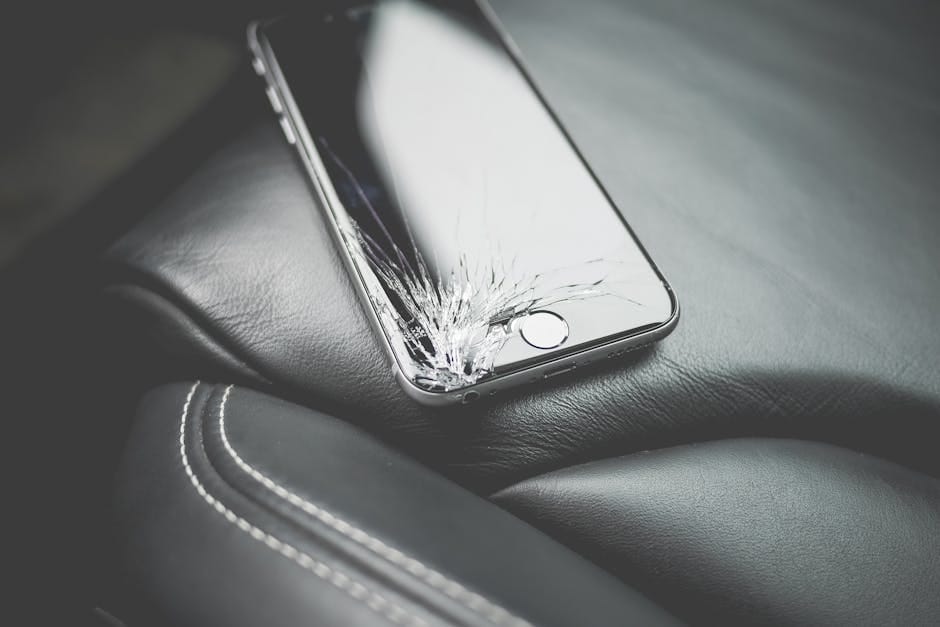How to Implement a Digital Detox for Weight Loss
In today’s digital age, our lives revolve around screens. From work to leisure, digital devices consume a significant part of our day. While technology offers numerous benefits, it also poses challenges, especially when it comes to maintaining a healthy lifestyle. One such challenge is weight management. Excessive screen time can lead to sedentary habits, unhealthy eating patterns, and even stress, all of which can contribute to weight gain. This is where a digital detox can play a pivotal role in achieving your weight loss goals.
Understanding the Impact of Digital Devices on Weight
Recent studies have shown that the average adult spends over 10 hours a day on screens, including smartphones, tablets, and computers. This extended screen time is often associated with a sedentary lifestyle, leading to increased risks of obesity and related health issues.
Sedentary Lifestyle and Weight Gain
According to the World Health Organization, physical inactivity is one of the leading risk factors for global mortality. Extended periods of inactivity, often caused by excessive screen time, result in fewer calories burned, contributing to weight gain. A study published in the Journal of Physical Activity and Health found that reducing sedentary behavior can significantly contribute to weight loss.
Screen Time and Unhealthy Eating Habits
Have you ever found yourself mindlessly snacking while binge-watching your favorite series? You’re not alone. Research indicates that screen time is linked to unhealthy eating habits, such as increased consumption of high-calorie snacks and sugary beverages. A 2018 study revealed that individuals who spent more than two hours a day watching TV were more likely to consume unhealthy snacks, further contributing to weight gain.
What is a Digital Detox?
A digital detox involves taking a break from digital devices to focus on real-world interactions and activities. This intentional pause allows individuals to reset their habits, reduce stress, and improve their overall well-being. For weight loss, a digital detox can help break the cycle of sedentary behavior and unhealthy eating patterns.
Benefits of a Digital Detox for Weight Loss
Embarking on a digital detox offers several benefits beyond weight loss, including improved mental health, better sleep quality, and enhanced focus. By disconnecting from digital distractions, you create more opportunities for physical activity, mindful eating, and personal reflection.
Step-by-Step Guide to Implementing a Digital Detox for Weight Loss
1. Set Clear Goals
Before starting your digital detox, establish clear goals. Are you aiming to reduce screen time, increase physical activity, or develop healthier eating habits? Defining your objectives will help you stay focused and track your progress.
2. Assess Your Current Digital Consumption
Take stock of how much time you spend on digital devices each day. Use apps or built-in tools to monitor your screen time. Identifying patterns and triggers can help you develop a personalized detox plan.
3. Create a Realistic Plan
Gradual changes are more sustainable than drastic shifts. Start by designating specific times of the day for digital use and gradually reduce screen time. For example, consider implementing a no-screen policy during meals or before bedtime.
4. Engage in Physical Activities
Replace screen time with physical activities that you enjoy. Whether it’s a morning jog, yoga session, or a dance class, staying active is crucial for weight loss. Not only does exercise burn calories, but it also boosts mood and reduces stress.
5. Practice Mindful Eating
Without the distraction of screens, you can focus on your meals and make healthier food choices. Pay attention to hunger cues, enjoy each bite, and avoid eating in front of the TV or computer.
6. Establish Tech-Free Zones
Create designated tech-free zones in your home, such as the dining room or bedroom. These spaces should be reserved for relaxation and socializing, encouraging you to engage in activities other than screen time.
7. Connect with Nature
Spending time outdoors not only reduces screen time but also provides numerous health benefits. Nature walks, hiking, or simply enjoying a park can enhance your physical and mental well-being.
Staying Committed to Your Digital Detox
Sticking to a digital detox can be challenging, especially in a world that is increasingly dependent on technology. However, with determination and the right strategies, you can successfully integrate it into your lifestyle for long-term benefits.
Find Support and Accountability
Share your digital detox journey with friends or family members who can offer support and hold you accountable. You might even inspire them to join you, creating a community that promotes healthy living.
Track Your Progress
Keep a journal to document your digital detox experience, noting changes in your habits, mood, and weight. Tracking progress reinforces positive changes and motivates you to continue.
Celebrate Milestones
Recognize and celebrate your achievements, no matter how small. Whether it’s successfully reducing screen time or losing a few pounds, acknowledging your progress boosts confidence and encourages continued effort.
Conclusion: Embrace a Healthier, Balanced Lifestyle
Implementing a digital detox for weight loss is a powerful strategy to break free from unhealthy habits and lead a more balanced life. By reducing screen time, you create space for activities that nourish your body and mind. Remember, the journey to weight loss and overall well-being is a marathon, not a sprint. With commitment and patience, you can achieve your goals and enjoy the benefits of a healthier lifestyle.
Have you tried a digital detox for weight loss? Share your experiences and tips in the comments below!
The Most Complete Nutritional Supplement Ever Created! Click Here!

